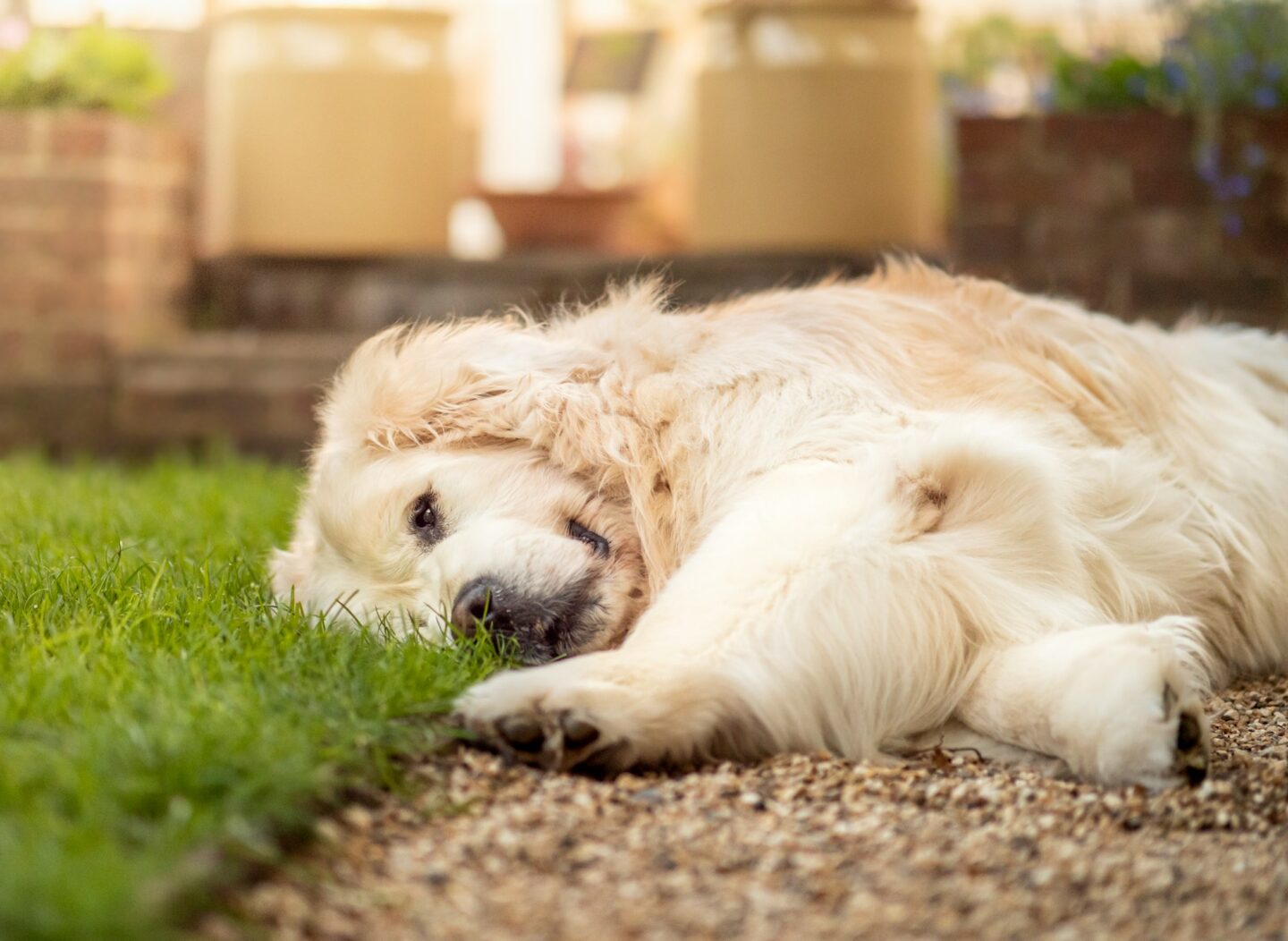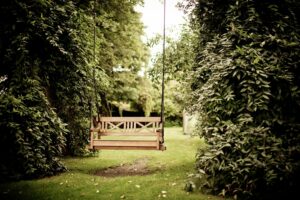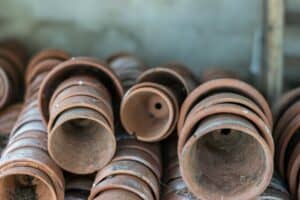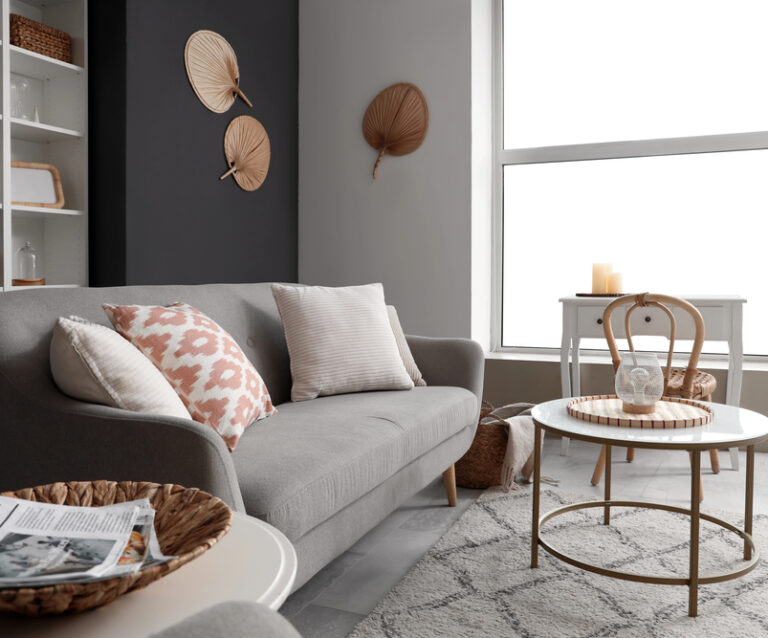Gardeners enjoy sharing the garden with the family dog by taking a stroll. This guide includes dog-friendly design ideas, where a man’s best friend can share the space in a gardener’s favourite place.
Contents
Dog Trails
Create a place where plant lover and a canine friend will enjoy the peace of a garden. First, decide the form of planting beds by walking the property together. Over time a path will become familiar. Notes about stops at a corner of the house or walk around the tree should be taken. As important to note is where the walkers do not go.
Gardeners will notice where a dog should be discouraged, for instance around that tree. Dog’s urine is not healthy for plants, it is no substitute for clear water and will immediately kill some plants. During dog walks, it is a good time to plan a routine place for man’s best friend to eliminate. This should be the first place a dog is routinely led, before the daily jaunt.
After determining trails, mark them by laying a material sensible for dogs to walk on. Smooth steppers, pea gravel or traffic bond material are good choices. If steppers are used consider the dog’s size then space them appropriately. Where a dog will be allowed to wander between plants, use shredded mulch, which is easier on paws.

When designing a garden to include man’s best friend consider the following
- Size of the dog – small dogs can easily walk under big leaved plants such as hostas; large dogs are able to walk on or over many plants.
- Age of the dog – generally older dogs are about wandering, young dogs like to romp.
- Pet’s personality – for instances, hound dogs follow the nose which leads them to unforeseen encounters.
- Plant-bed edging – consider the dog’s height and whether the edging is meant to keep out or gently guide a pet.
- Plant choices and size – check out poisonous plant lists, consider buying full-grown sized plants able to withstand trampling.
- Yard fencing – dogs attract visitors; it is as much about keeping out as keeping in.
- Wildlife attracted into the garden – bird feeders and birdbaths should be away from man’s best friend.
Plants Poisonous to Pets
There are many trees, shrubs, perennials, annuals, succulents, and tropical plants whose stems, leaves, flowers or fruit are poisonous to pets. Investigating plants poisonous to pets is a time-consuming project but worth the effort.
Some dogs are indiscriminate munchers when even trees seeds or sun-dried worms are delicacies to the canine palate. Observing a dog in the garden is worth the time to understand potential pitfalls for the gardener’s family pet.

Garden Ponds and Dogs
Dogs who love water will be naturally attracted to garden ponds. Fish and delicate plants will not survive a Labrador’s belly flop into a perfectly landscaped water garden.
Gardeners can create ways for dogs to enter and exit the water with steps or an open section without plants. Consider designing a planted garden outside the pond. One garden design included a pond separation, where the three family dogs were allowed to jump in at will while the second pond’s plants and wildlife went undisturbed.
Dogs Health in Gardens
Outside in a garden health issues for human and dog can ruin fun times. Chemicals and home-remedies to care for plants must be kept away from dogs. Even the common garden solution to rid Hostas of slugs, a tuna-can filled with beer set in a flowerbed, can harm a pet.
Gardeners can spend hours in a garden. Remember, sun protection and fresh clean water for gardener and man’s best friend.
Photo Credit: unsplash.com













